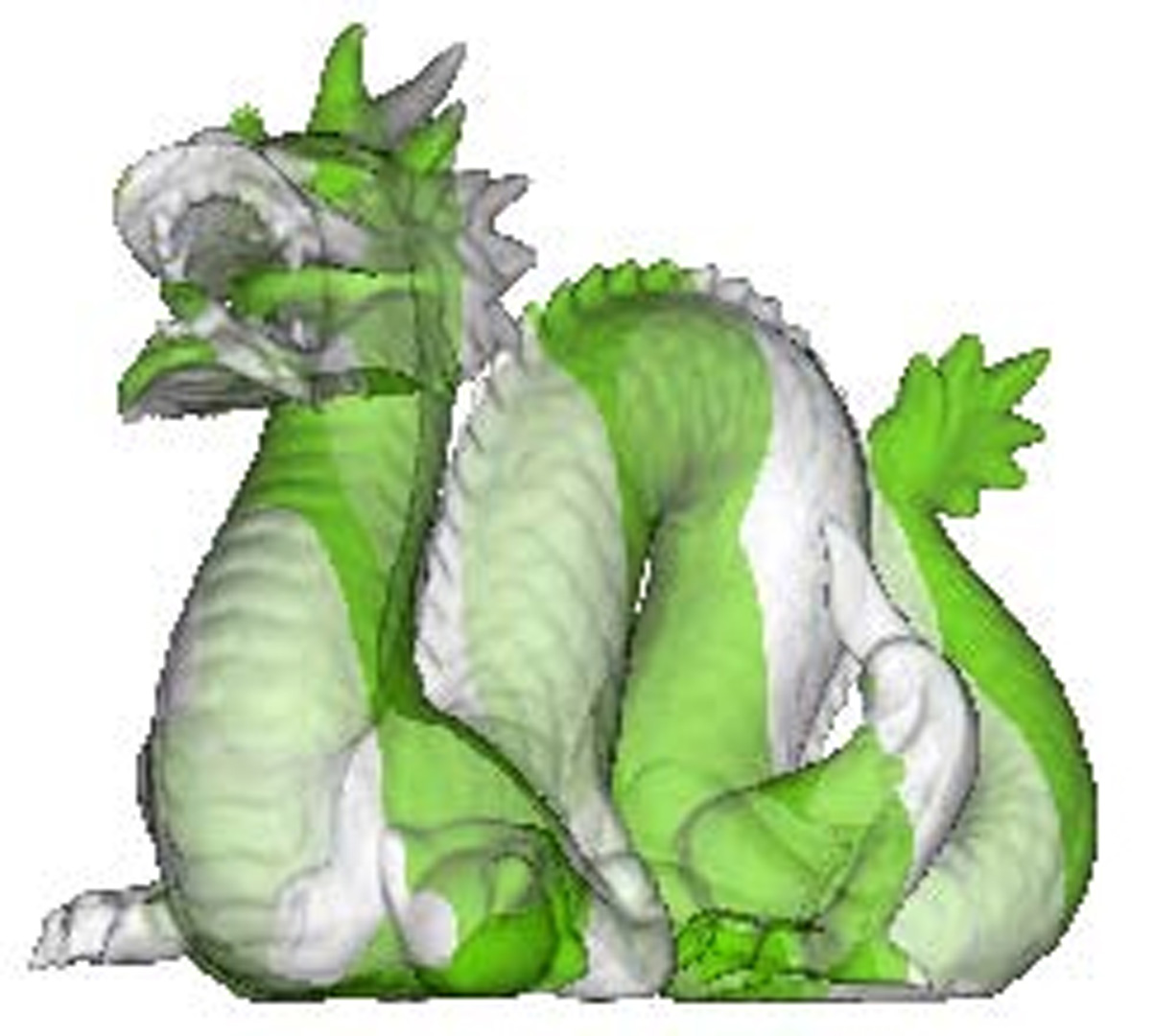“Bucket depth peeling”
Conference:
Title:
- Bucket depth peeling
Session/Category Title: Real Fast Rendering
Presenter(s)/Author(s):
Abstract:
Efficient rendering of multi-fragment effects has long been a great challenge in computer graphics. The classical depth peeling algorithm [Everitt 2001] provides a simple but robust solution by peeling off one layer per pass, but multi rasterizations will lead to performance bottleneck for large and complex scenes. The k-buffer [Bavoil et al. 2007] captures k fragments in a single pass but suffers from read-modify-write(RMW) hazards which can be alleviated by multi passes [Liu et al. 2006]. Our approach exploits multiple render targets (MRT) as bucket array per pixel. Fragments are scattered into different buckets and sorted by a bucket sort. We describe two efficient schemes to reduce collisions when multiple fragments are routed to the same bucket. Our algorithm shows up to 32 times speedup to depth peeling especially for large scenes and the results are visually faithful. Also it has no requirement of pre-sorting geometries or post-sorting fragments, and is free of RMW hazards.
References:
1. Bavoil, L., Callahan, S. P., Lefohn, A., Comba, J. a. L. D., and Silva, C. T. 2007. Multi-fragment effects on the gpu using the k-buffer. In Proceedings of the 2007 symposium on Interactive 3D graphics and games, ACM, 97–104.
2. Everitt, C. 2001. Interactive order-independent transparency. Tech. rep., NVIDIA Corporation.
3. Liu, B.-Q., Wei, L.-Y., and Xu, Y.-Q. 2006. Multi-layer depth peeling via fragment sort. Tech. rep., Microsoft Research Asia.





